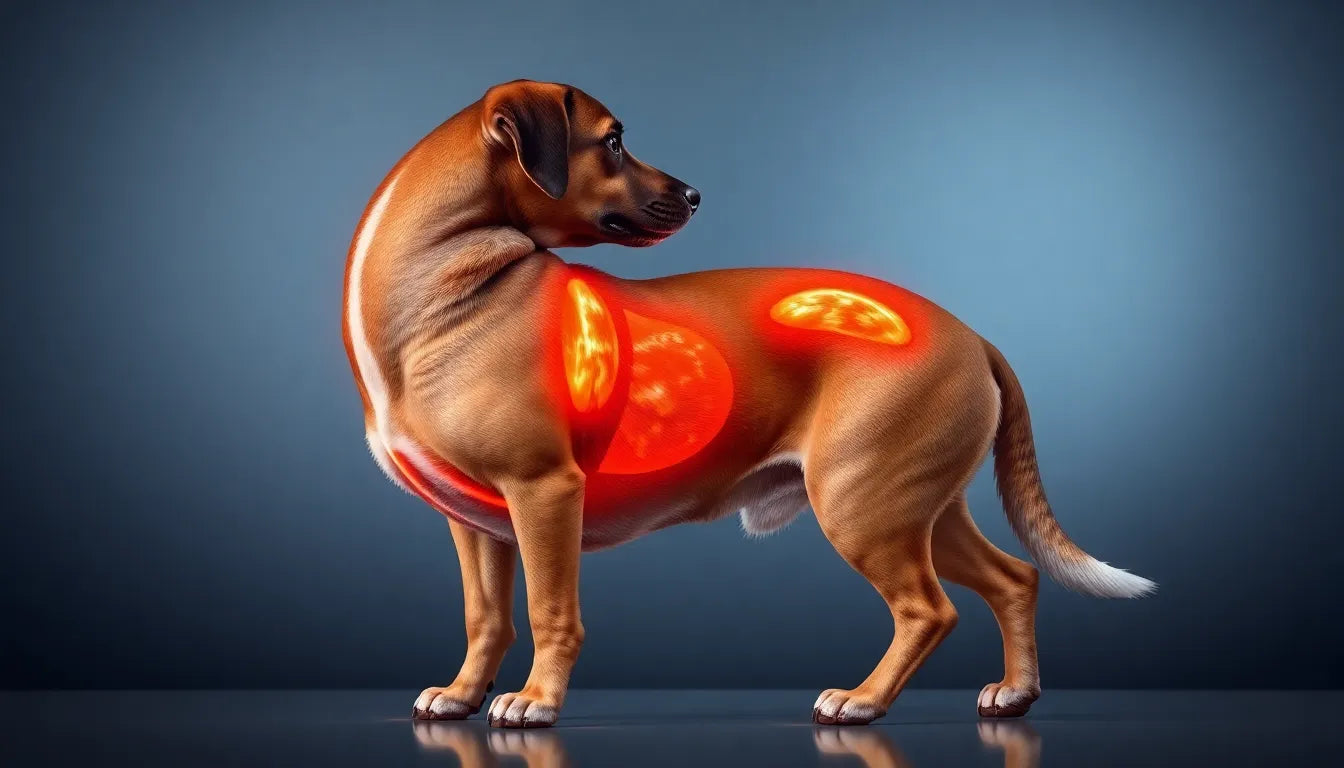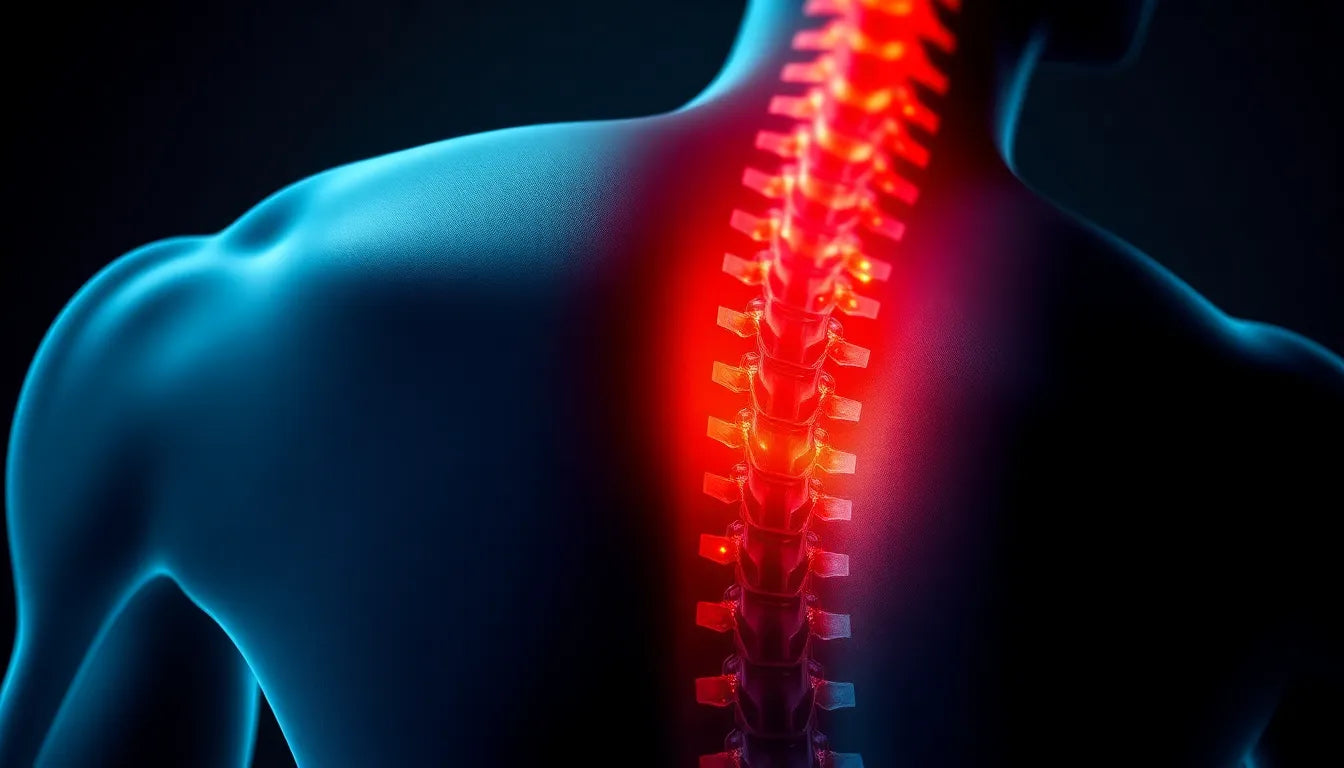Understanding whether a herniated disc can truly disappear over time is a question that intrigues many. A herniated disc, also known as a slipped or ruptured disc, occurs when the soft inner gel of an intervertebral disc pushes out through a tear in the tougher outer layer. This condition often results from injury, aging, or degeneration, leading to symptoms such as pain, numbness, or weakness in the limbs. As a common ailment, herniated discs affect a significant portion of the population, particularly those over the age of 35, athletes, and individuals with physically demanding jobs.
Introduction to herniated discs
Herniated discs are prevalent, with studies suggesting that up to 2% of the adult population will experience symptoms at some point in their lives. The condition is most frequently observed in the lower back (lumbar spine), but can also occur in the neck (cervical spine). The main question that arises for those affected is whether these discs can naturally heal or even disappear over time. This post aims to explore this question by examining both medical insights and natural healing perspectives.
The body's natural healing process
Remarkably, the human body possesses natural mechanisms that can contribute to the reduction of herniated discs. Over time, the body's immune system can initiate processes that help shrink the herniation. This occurs as the body absorbs the water content of the herniated disc material, which can lead to a decrease in size and alleviation of symptoms. Understanding these natural processes is crucial for those affected, as it provides hope and guidance on the potential for recovery without surgical intervention.
For individuals dealing with a herniated disc, comprehending the body's capacity for self-repair is empowering. It highlights the importance of patience and adherence to conservative treatment methods that support the body's healing journey. This knowledge is not only vital for managing expectations but also for motivating individuals to engage in lifestyle changes that can facilitate recovery. As we delve deeper into this topic, we will explore both the medical perspectives and holistic approaches that can aid in the healing process of herniated discs.
Medical perspectives on herniated disc disappearance
From a medical standpoint, the potential for a herniated disc to disappear or significantly reduce in size is a topic of considerable interest. The Bonati Spine Institute has shed light on how conservative treatments can play a pivotal role in the healing process. These treatments include hot and cold therapy, physical therapy, and pain medication, all of which aim to alleviate symptoms and facilitate the reduction of the disc's size. The body's immune response is also a critical factor, as it can absorb water from the herniated disc, leading to its shrinkage over time.
In addition to these conservative methods, insights from Spine-health emphasize the body's natural healing process. The neutralization of inflammatory chemicals by the body can lead to symptom improvement, even if the disc itself remains unchanged on an MRI scan. This distinction between symptom resolution and actual disc healing is crucial for understanding the complexities of recovery from a herniated disc.
A compelling case study from the National Center for Biotechnology Information (PMC) highlights instances of spontaneous disappearance of herniated discs. This phenomenon is attributed to processes such as neovascularization and the activity of inflammatory cells, which can lead to the absorption of disc material. Although spontaneous resolution might be more common than detected, it underscores the importance of conservative treatment and regular monitoring.
Holistic and lifestyle approaches to disc healing
Beyond medical interventions, holistic and lifestyle approaches offer promising avenues for supporting disc healing. Recommendations from MoreGoodDays suggest that natural methods, such as gentle exercises, lifestyle adjustments, healthy eating, and weight management, can significantly impact recovery. These approaches not only promote overall well-being but also enhance the body's inherent healing capabilities.
Incorporating regular physical activity, such as yoga or pilates, can strengthen the core muscles and improve flexibility, which may alleviate pressure on the spine and reduce symptoms. Moreover, maintaining a balanced diet rich in anti-inflammatory foods can support the body's repair processes, while weight management helps reduce the load on the spinal discs.
To provide a clearer understanding of how these approaches complement each other, the following table compares conservative treatments and lifestyle changes, highlighting their roles in the healing process:
| Treatment | Role in Healing |
|---|---|
| Hot/Cold Therapy | Reduces inflammation and alleviates pain |
| Physical Therapy | Improves mobility and strengthens supporting muscles |
| Pain Medication | Manages pain to facilitate engagement in physical activity |
| Gentle Exercises | Enhances flexibility and reduces spinal pressure |
| Healthy Eating | Supports immune function and reduces inflammation |
| Weight Management | Decreases spinal load and improves overall health |
By integrating these strategies, individuals can create a comprehensive plan that supports both symptom relief and long-term recovery. It is essential to consult with healthcare professionals to tailor these approaches to individual needs and ensure safe and effective implementation.
Further exploration of conservative treatments
Conservative treatments for herniated discs play a crucial role in facilitating the body's natural healing processes. These therapies are non-invasive and focus on reducing symptoms while promoting recovery. Physical therapy, for instance, is tailored to improve mobility, strengthen the muscles supporting the spine, and enhance overall posture. This can alleviate pressure on the affected disc and contribute to its shrinkage.
Hot and cold therapy is another effective method, as it helps manage inflammation and pain. Applying heat can relax tense muscles and improve blood flow, while cold therapy can reduce swelling and numb sharp pain. Pain medication, when used appropriately, can also enable individuals to engage in physical activities that are essential for recovery.
To illustrate the effectiveness of these treatments, consider the case of John, a 45-year-old office worker who experienced a herniated disc in his lower back. Through a combination of physical therapy, daily stretching exercises, and lifestyle modifications, John reported significant symptom relief within six months. This real-life example underscores the potential for conservative treatments to aid in the healing process.
Concluding thoughts
In summary, while a herniated disc may not completely disappear, it can significantly reduce in size and symptoms can improve over time. Both medical insights and holistic approaches highlight the body's remarkable ability to heal itself, often aided by conservative treatments and lifestyle changes. Understanding the nuances of this process is essential for those affected, as it provides a balanced perspective on managing the condition.
It is important to consider a comprehensive approach that combines medical advice with lifestyle adjustments. Consulting healthcare professionals to tailor a treatment plan to individual needs is crucial for safe and effective recovery. By doing so, individuals can enhance their quality of life and potentially prevent future occurrences.
Frequently asked questions
Can a herniated disc heal without surgery?
Yes, many herniated discs can improve with conservative treatments and natural healing processes. Non-surgical methods like physical therapy and lifestyle changes often play a significant role in recovery.
How long does it take for a herniated disc to heal?
Healing time varies greatly among individuals. Some people may see improvement within weeks, while others might take several months. Consistent adherence to treatment plans can influence the speed of recovery.
What are the signs that a herniated disc is healing?
Common indicators of healing include reduced pain, improved mobility, and a decreased reliance on pain medication. These signs suggest that the body is effectively managing the condition.
Is it possible for a herniated disc to re-herniate after healing?
Yes, there is a risk of re-herniation, especially if proper care and lifestyle adjustments are not maintained. Engaging in regular exercise and practicing good posture can help mitigate this risk.
What lifestyle changes can support disc healing?
Incorporating regular exercise, maintaining a healthy weight, and practicing good posture are crucial lifestyle changes that support disc healing. These adjustments can enhance the body's natural repair processes and prevent further injury.


















